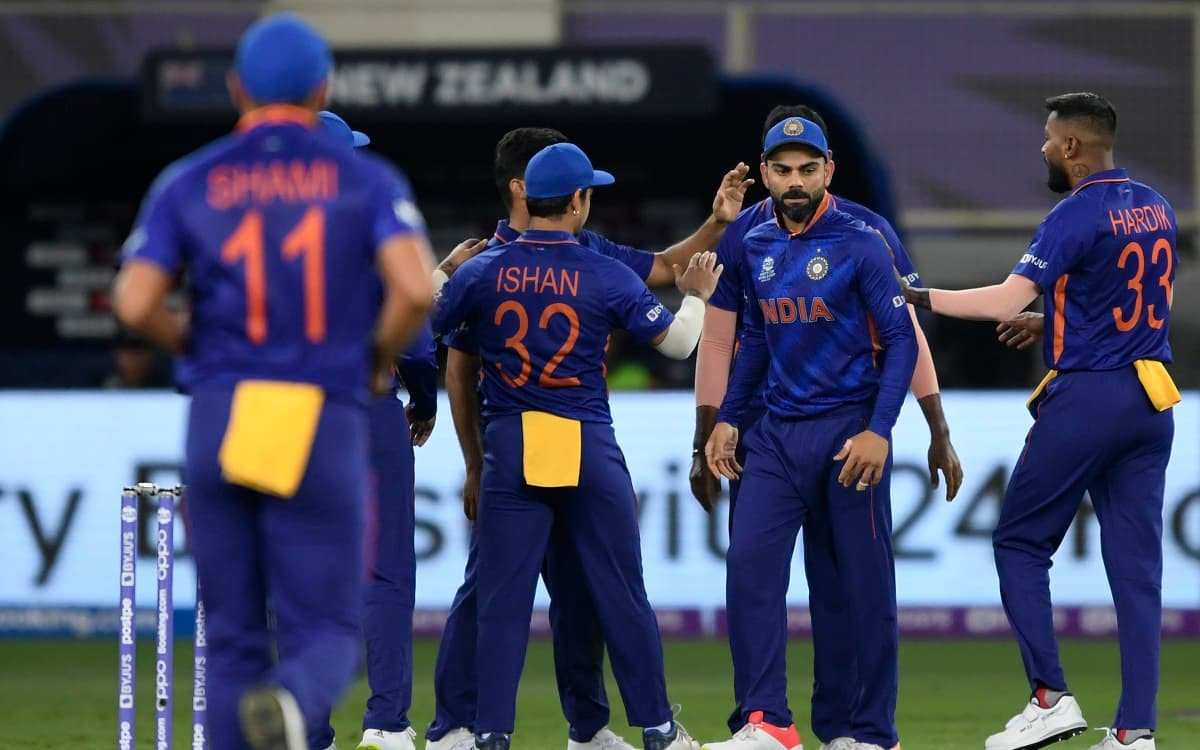Why India Is Failing The T20 World Cup, Here's The Answer

Before the start of the ICC Men's T20 World Cup, India were the overwhelming favourites to win the tournament. But after heavy losses to Pakistan and then New Zealand on two Sundays in Dubai, India is now in danger of making an early exit from the tournament, in complete reversal of their pre-tournament billing. The crushing eight-wicket loss to New Zealand has caused massive damage to their plans for entering the knockout stages.
We take a look at the reasons behind India's second consecutive loss in the tournament:
1. Insipid batting display
A pattern has emerged from India's batting display in both losses: Batters failing to rise to the occasion. Against Pakistan, the openers were dismissed in the power-play and the opponents tightened the grip in the middle as well as death overs as India registered a below-par 151/7. The same script repeated itself against New Zealand on Sunday. Though India rejigged their batting order by getting Ishan Kishan to open and pushing Rohit Sharma to three, it didn't yield the desired results as the openers were dismissed in power-play. With the run-flow stemmed in the middle overs, India were unable to get boundaries, resulting in a gap of 71 balls for boundaries between the sixth and 17th overs. None of the Indian batters went past 30 as they crumbled to 110/7 in 20 overs, their second-lowest score in Men's T20 World Cups.
2. Strangulation by spin
For a long time, India's batters were touted to be the best players of spin in the world. But in the two losses, the adage has gone for a toss. India's batters have been circumspect by their struggle against facing spinners. In the match against Pakistan, the trio of Imad Wasim, Mohammad Hafeez and Shadab Khan conceded 44 runs overall in eight overs, with Khan accounting for Rishabh Pant's wicket. Against New Zealand, Mitchell Santner and Ish Sodhi conceded only 32 runs overall in eight overs, with Sodhi taking out Rohit Sharma and Virat Kohli. In that middle-over period, the batters couldn't get boundaries and didn't resort to strike rotation to keep the scoreboard ticking.
3. Undone by toss and dew factor
In both matches, a similar script followed. India lost the toss and lost the match. Kohli had spoken about toss becoming a crucial factor in the tournament. Losing the toss meant that India was pushed into batting first, depriving them of batting when dew came into the picture in the second innings, which made things difficult while bowling later in the match. It meant that stroke-play was difficult while batting in the first innings, something which has happened with India twice in the tournament.
4. Bubble fatigue
Many main players of the Indian team have been on the road since May, starting from the quarantine in Mumbai before leaving for the World Test Championship Final in Southampton. Though there was a small break between the WTC final and preparation for the Test series against England, the Indian team appeared to be jaded while fielding second against New Zealand. After the Test series, they jumped straight into the IPL bubble and then moved swiftly to the World Cup bubble. Bio-bubble fatigue has been something that pacer Jasprit Bumrah highlighted in the post-match press conference.
Also Read: T20 World Cup 2021
Now, languishing at the fifth place in the Group 2 standings, sandwiched between Namibia at fourth and Scotland at sixth, India needs to win their remaining three matches to have a slim chance of making the semifinals. The scenario is such that one small mistake can damage their last-four aspirations.

